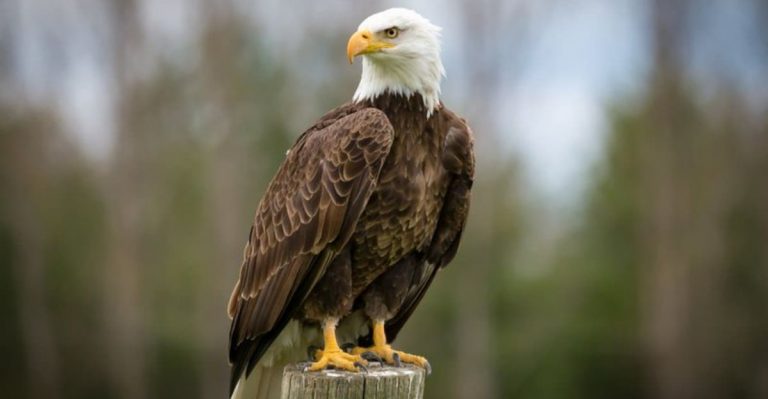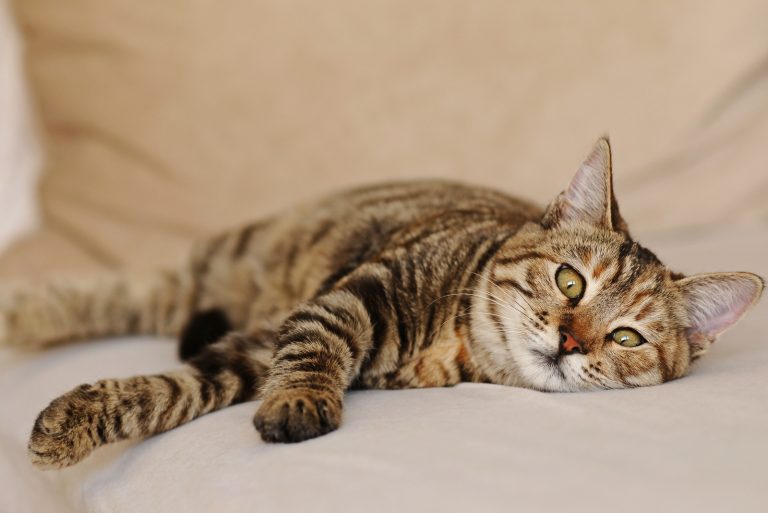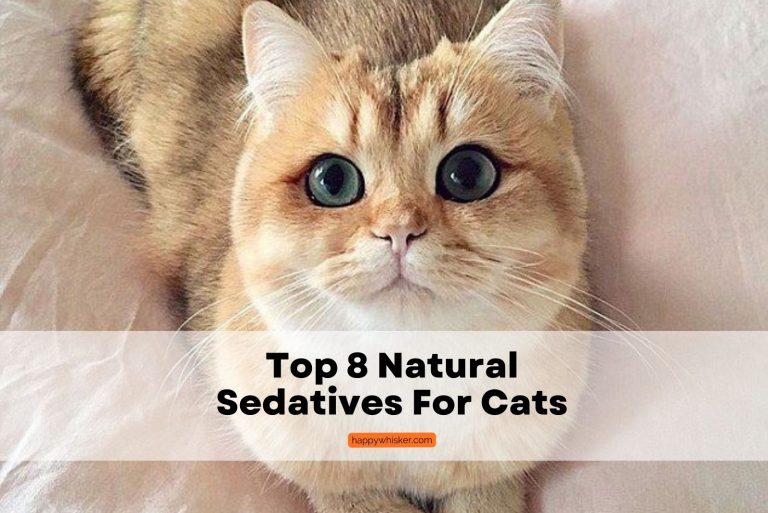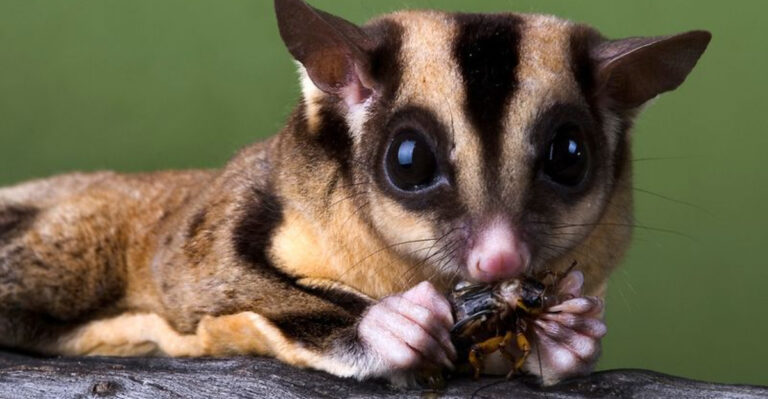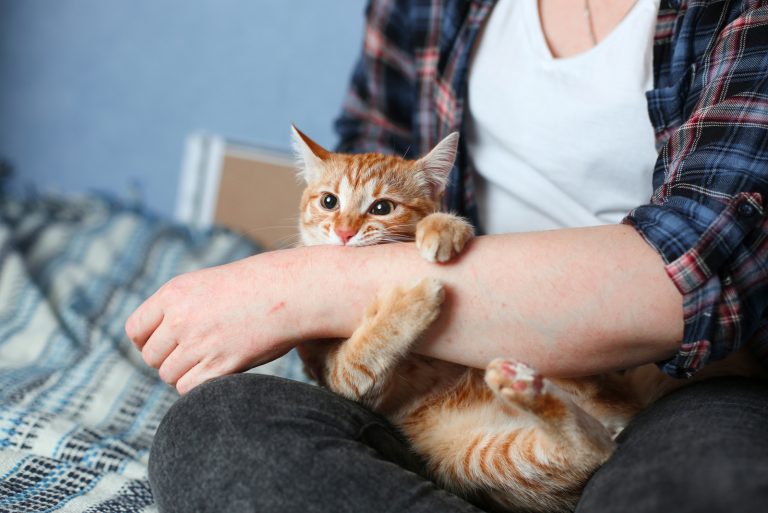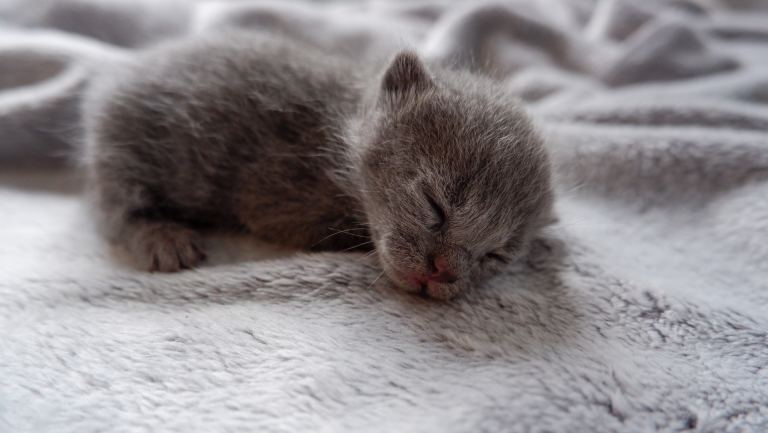8 Friendliest Animals That Adore Humans And 4 That Definitely Don’t
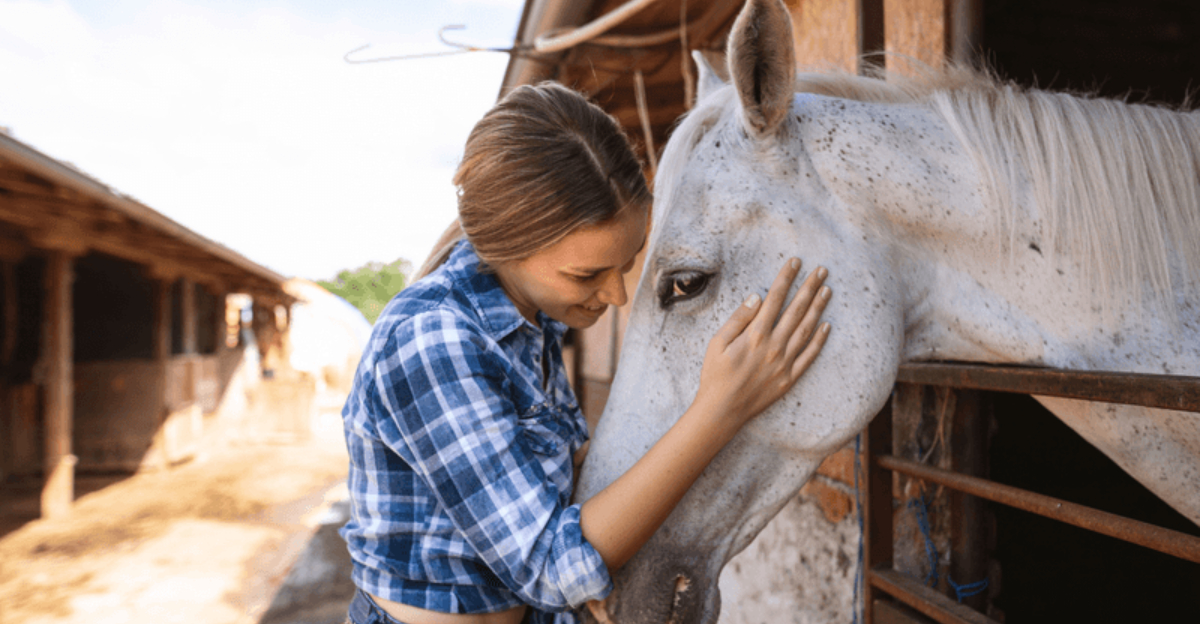
Animals can form incredible bonds with humans, but not all creatures welcome our company. Some animals naturally seek human affection and companionship, while others prefer to keep their distance for good reason.
Understanding which animals enjoy human interaction and which ones don’t isn’t just fascinating – it’s essential knowledge for animal lovers and anyone who encounters wildlife.
Ready to discover which critters might become your best buddies and which ones you should admire from afar?
1. Dogs
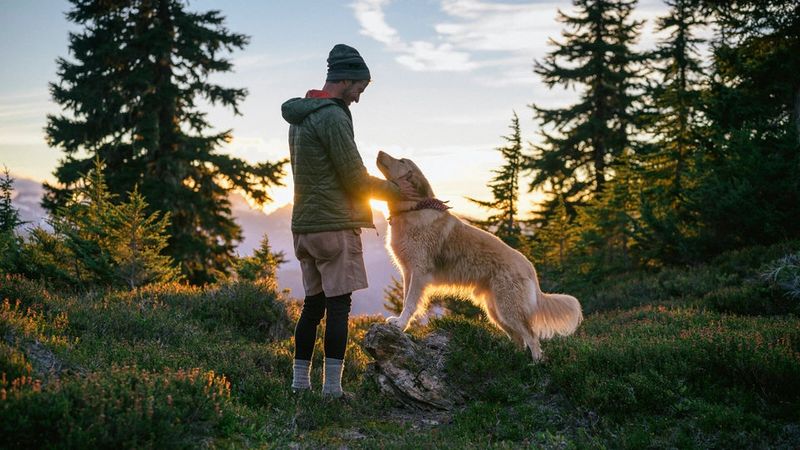
Evolved specifically to read human emotions, dogs have spent over 30,000 years developing alongside us. Their ability to interpret our facial expressions and tone of voice surpasses that of any other species.
Most dogs genuinely crave human attention and affection. They’ll greet you excitedly after a five-minute absence and comfort you when you’re sad without any training to do so.
Research shows that when dogs make eye contact with their owners, both species experience an oxytocin release – the same bonding hormone that connects mothers and babies. No wonder they’re called man’s best friend!
2. Domestic Cats
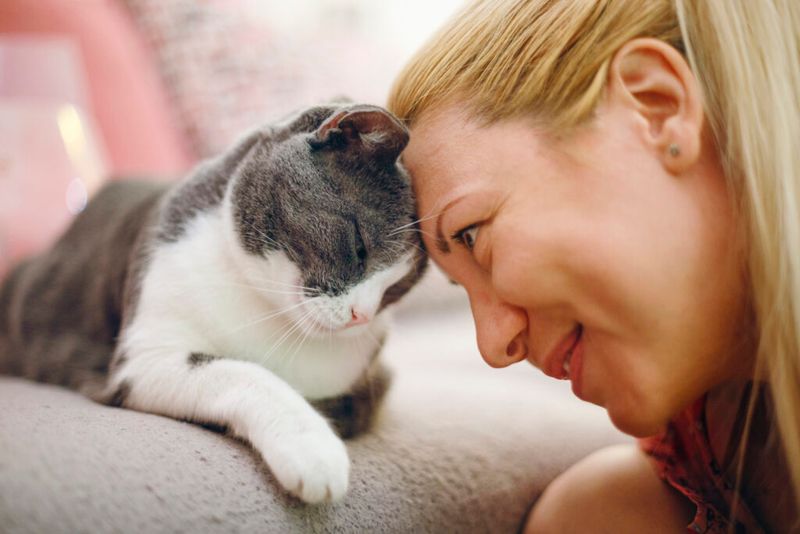
Contrary to their aloof reputation, many cats form deep attachments to their human families. They simply express affection differently than dogs do. A slow blink from your feline friend is actually a kitty kiss!
Cats remember kindness and can recognize their owners’ voices among strangers. They often show love through gentle headbutts, kneading, and bringing you “gifts” – even if those gifts are sometimes dead mice.
Many cat owners report their pets sensing when they’re sad or ill. Your cat might suddenly become more attentive or curl up beside you during difficult times, offering their unique brand of comfort.
3. Horses
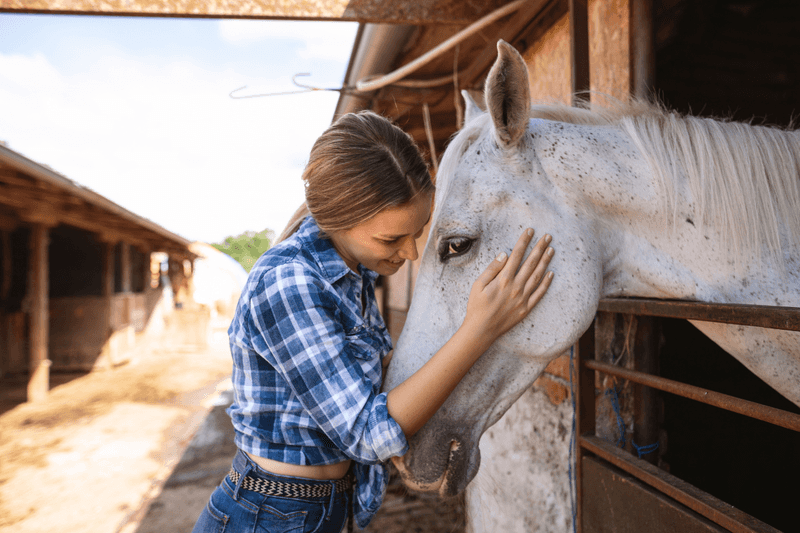
Horses form lifelong bonds with humans who treat them well. Their exceptional memory allows them to recognize people they haven’t seen for decades – they never forget a kind handler or an unkind one.
These majestic animals can read human emotions with surprising accuracy. Studies show horses respond differently to people displaying fear versus confidence, and they’ll often mirror their handler’s emotional state.
The human-horse partnership dates back thousands of years. Unlike predatory pets like cats and dogs, horses are prey animals that choose to trust us despite their natural instincts to flee – making their affection particularly meaningful.
4. Rats
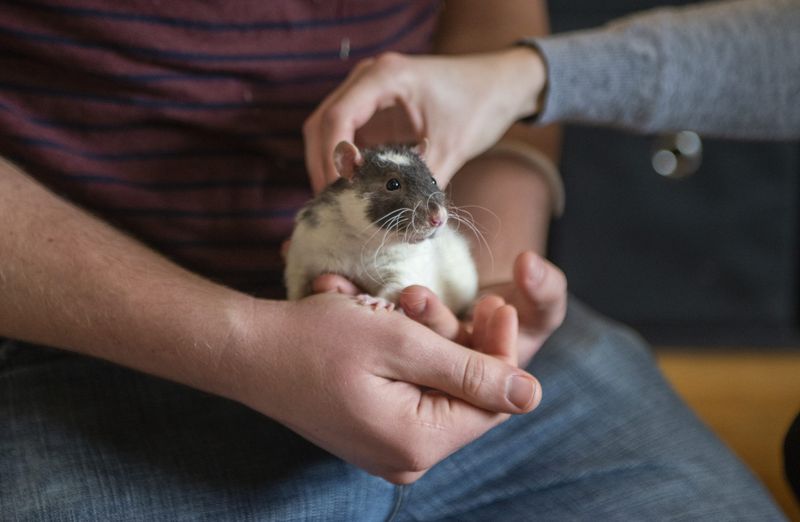
Fancy rats – the domesticated cousins of wild rats – make incredibly affectionate companions. These intelligent rodents recognize their owners, come when called, and actively seek human interaction and cuddles.
Rats express joy through “bruxing” (teeth grinding) and “boggling” (eye bulging), behaviors they display when content in human company. They’re also empathetic – studies show rats will free trapped companions and even share food with hungry cage-mates.
Unlike hamsters and mice, rats rarely bite and prefer company to solitude. They bond so strongly with their humans that they can become depressed without regular interaction, proving these tiny animals have mighty hearts.
5. Elephants
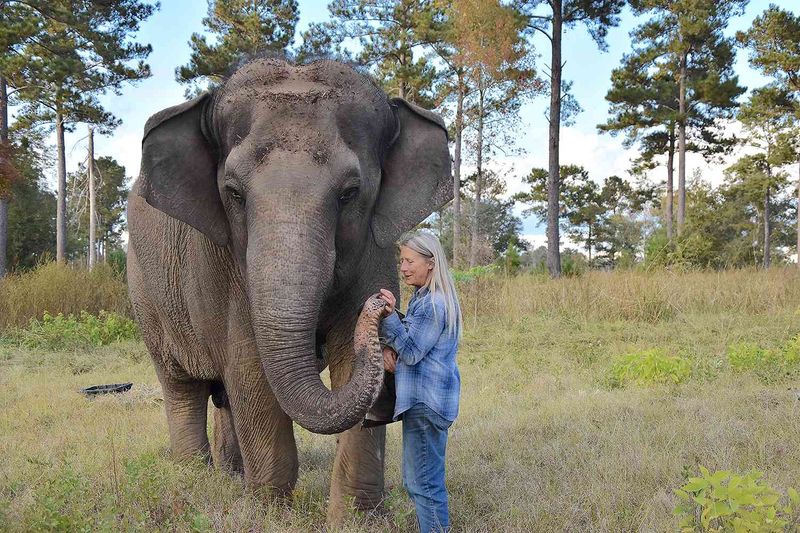
Elephants form deep connections with humans who show them kindness. Sanctuary elephants often recognize caretakers after years of separation and greet them with obvious excitement, wrapping their trunks around familiar humans in elephant “hugs.”
Their emotional intelligence rivals our own. Elephants console each other during distress and have been observed mourning their dead – including humans they’ve bonded with.
At Thailand’s Elephant Nature Park, rescued elephants form family-like relationships with their human caretakers. One elephant even saved her caretaker from drowning, demonstrating these animals don’t just tolerate humans – they can genuinely care about our well-being.
6. Dolphins
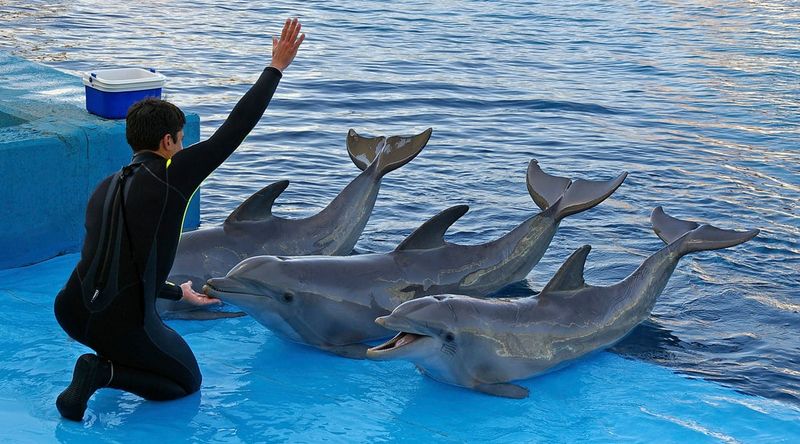
Wild dolphins often approach boats and swimmers out of genuine curiosity. Their playful nature and apparent smiles make encounters feel magical, but their interest goes beyond appearances – dolphins possess remarkable social intelligence.
These marine mammals recognize themselves in mirrors, understand pointing gestures, and can remember specific humans for years. In some parts of the world, wild dolphins voluntarily cooperate with fishermen, herding fish toward nets and receiving a portion of the catch.
Dolphins in human care form strong attachments to their trainers. They’ve been known to create new vocalizations specifically for individual people and show visible excitement when reunited with humans they’ve bonded with.
7. Parrots
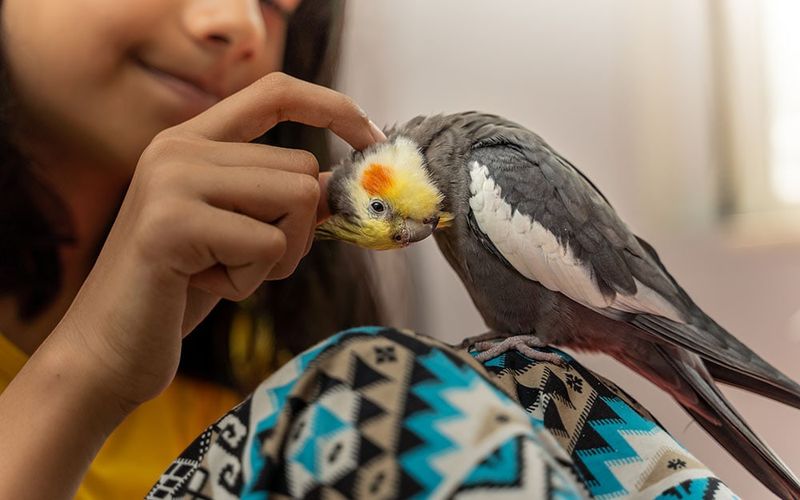
African Grey parrots can develop vocabularies of hundreds of words, but their affection goes far beyond mimicry. These intelligent birds form deep emotional attachments to their human families and can become depressed when separated from their favorite people.
Cockatoos are particularly known for their cuddly nature. They’ll snuggle against your neck, preen your hair (their way of grooming you), and even sleep contentedly in your hands – behaviors typically reserved for their closest flock members.
Parrots can live for decades, sometimes outliving their owners. Their capacity for long-term bonding is so strong that many sanctuaries must help birds through grief when they lose their human companions.
8. Cows
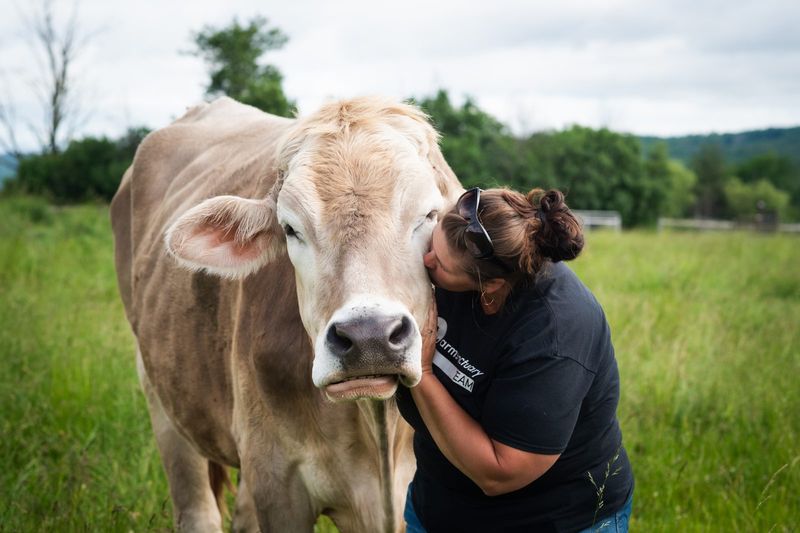
Cows form strong friendships with each other and with humans who treat them kindly. They recognize and remember individual people, often approaching those who’ve shown them gentleness while avoiding those who haven’t.
These gentle giants enjoy being petted and scratched, especially around their necks and chests. Many will follow their favorite humans around the pasture like oversized puppies, seeking attention and treats.
Farm sanctuary workers report cows running excitedly to greet them and even responding to their names. One dairy farmer in Germany installed automated brushes for her herd after noticing how much they enjoyed being groomed – the cows’ stress levels dropped and milk production increased!
9. Hippos
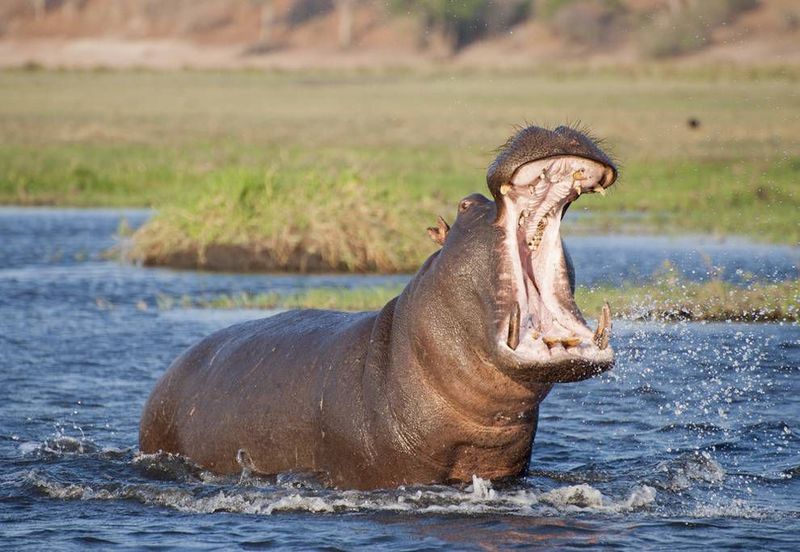
Don’t let their cartoonish appearance fool you – hippos kill more humans in Africa than any other large animal. These massive creatures are fiercely territorial and can charge at speeds up to 30 mph, despite weighing up to 9,000 pounds.
Their enormous jaws can open 180 degrees, revealing tusks that can grow over a foot long. A hippo can easily snap a crocodile in half or crush a small boat without effort.
Unlike many dangerous animals that attack only when threatened, hippos may charge without provocation. They’re especially aggressive when protecting their young or territory. Wildlife experts consider them among the most dangerous animals to encounter in the wild – best admired from a very safe distance!
10. Cassowaries
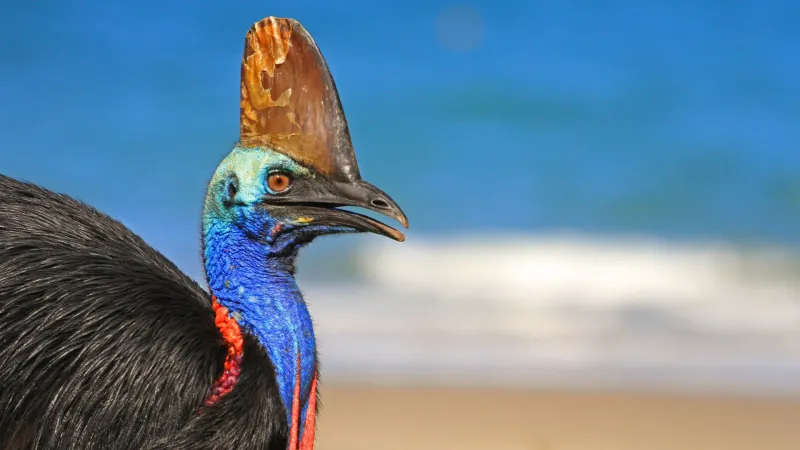
Often called the world’s most dangerous bird, cassowaries look like something from Jurassic Park for good reason. These flightless birds are close relatives of dinosaurs, standing up to 6.5 feet tall with dagger-like middle claws that grow to 5 inches long.
Cassowaries can deliver powerful kicks capable of disemboweling predators – or humans who get too close. Their territorial nature makes them particularly dangerous during breeding season or when protecting their young.
In their native Australia and New Guinea, warning signs alert hikers about cassowary territory. A 2019 incident in Florida resulted in a cassowary killing its owner after he fell in the bird’s enclosure, highlighting why these prehistoric-looking birds make terrible pets.
11. Leopard Seals
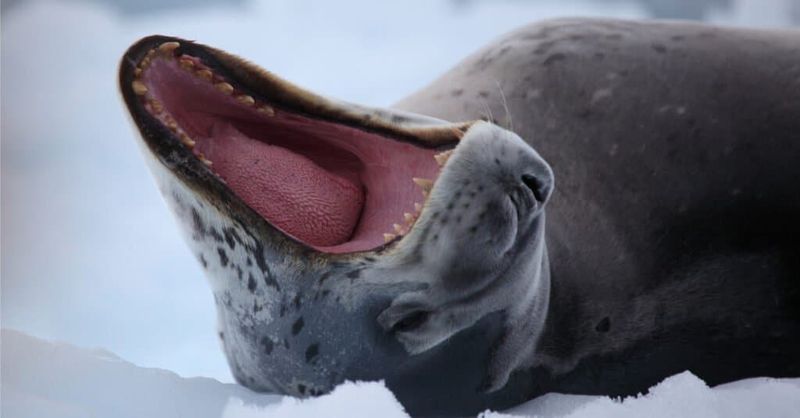
With their reptilian head, massive jaws, and impressive teeth, leopard seals look like creatures from a nightmare. These Antarctic predators are the only seals that regularly hunt warm-blooded prey, including penguins and even other seals.
Growing up to 11 feet long and weighing over 1,000 pounds, leopard seals have been known to stalk and attack humans in small boats. Their powerful jaws can snap through penguin bones with ease.
In 2003, a leopard seal killed a marine biologist by dragging her underwater. Yet paradoxically, some researchers report curious leopard seals attempting to feed them dead penguins – possibly mistaking humans for awkward, helpless seal pups that need feeding lessons.
12. Wolverines
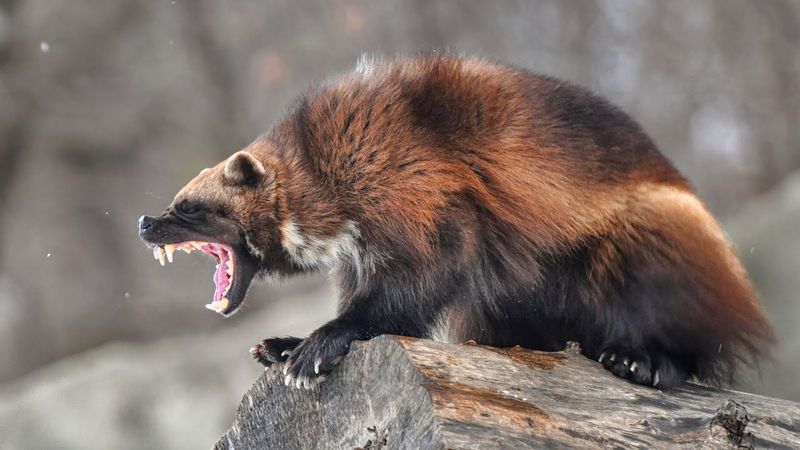
Don’t be fooled by their size – wolverines might look like small bears, but these 30-pound members of the weasel family have been known to drive bears and wolves away from kills. Their jaws and teeth are strong enough to crush frozen caribou bones and even bite through metal traps.
Wolverines are fiercely territorial and will attack animals many times their size when threatened. They’ve been documented killing moose by jumping on their backs from trees and biting into their necks.
While wolverine attacks on humans are rare, their aggressive reputation is well-earned. Indigenous peoples of the north have long respected and feared these animals for their ferocious nature and incredible strength – pound for pound, they’re among the strongest mammals on Earth.

